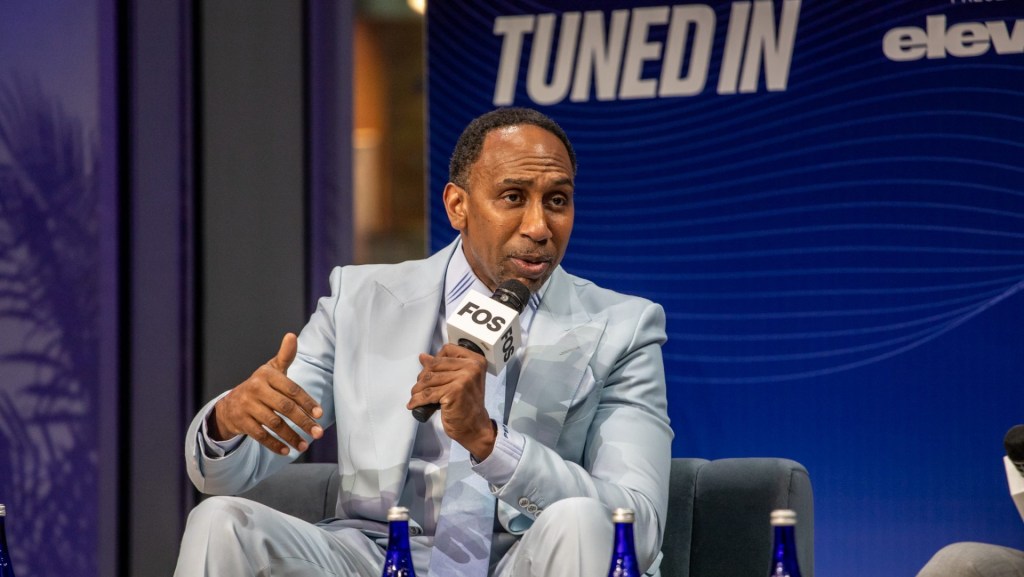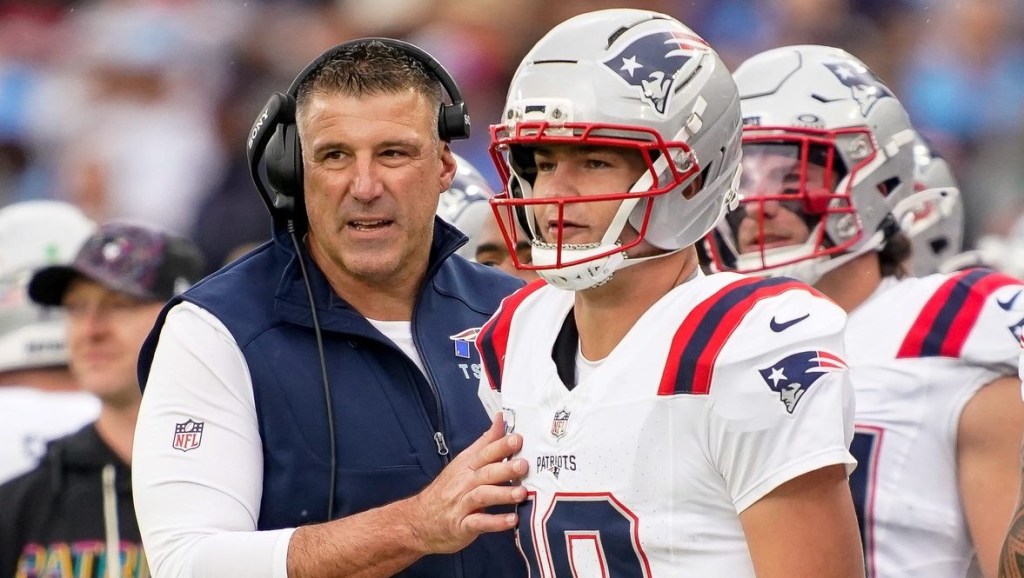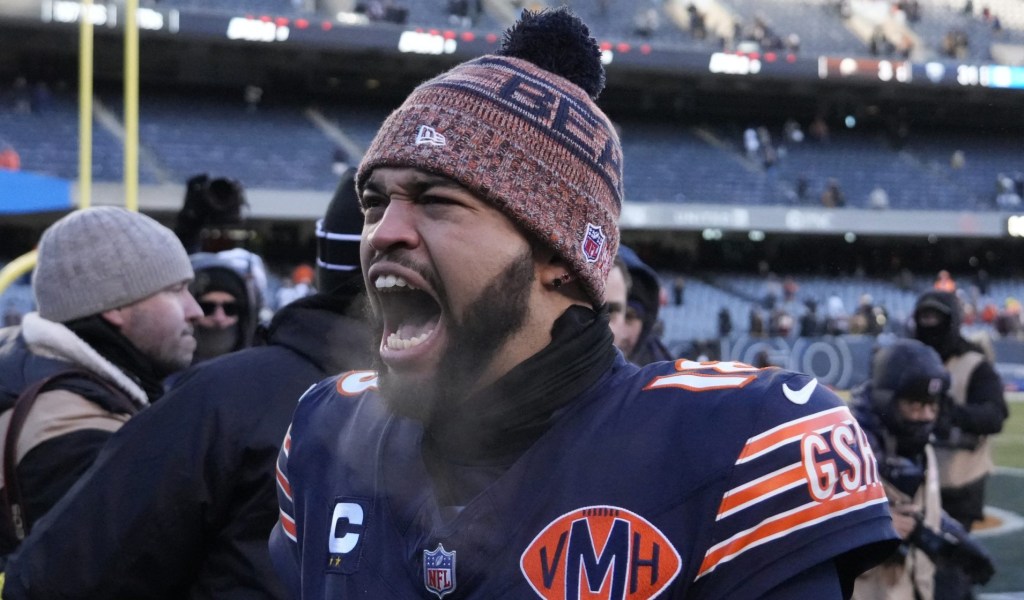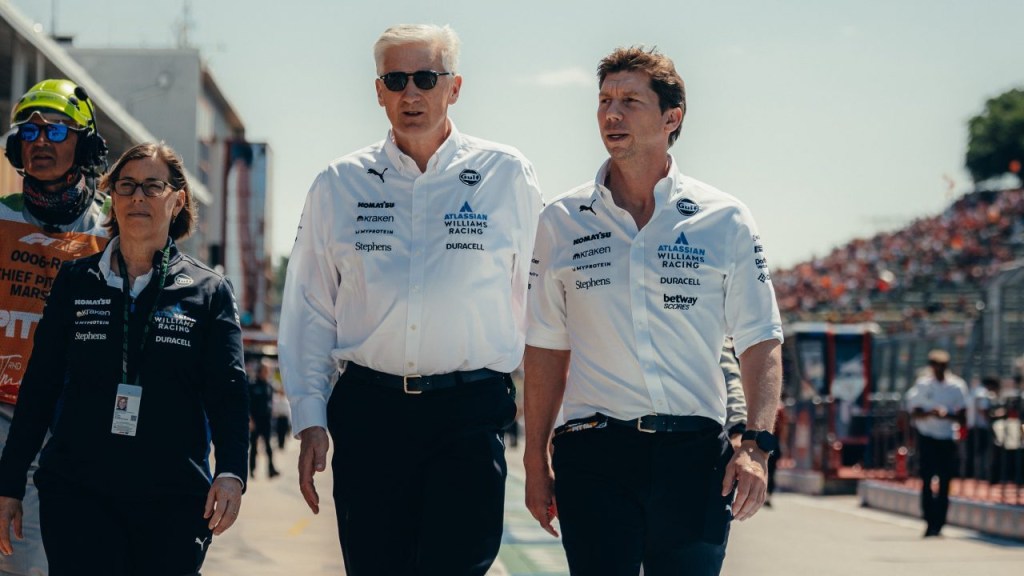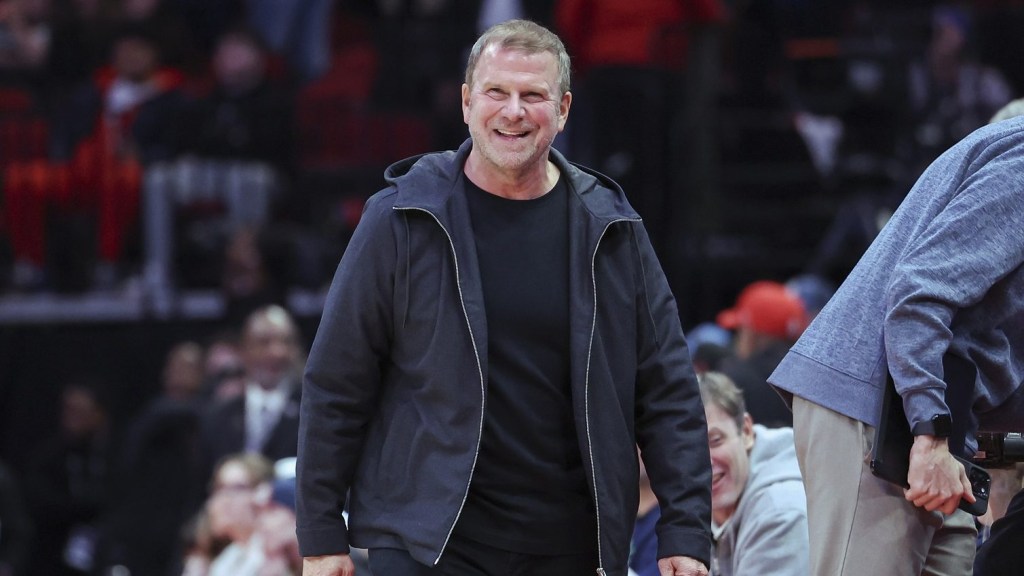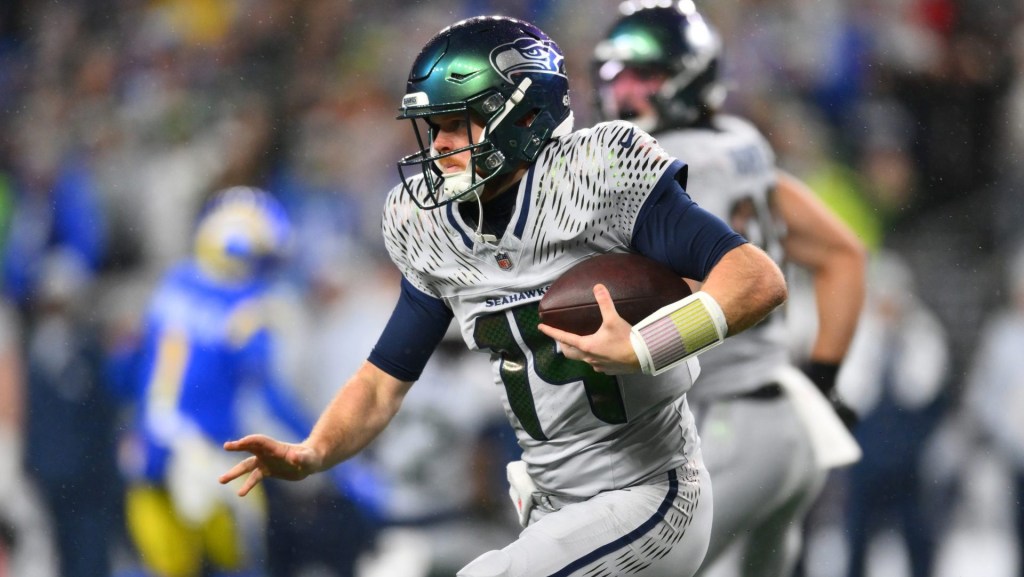As October strikes, the Padres, like the other 11 MLB playoff teams, will seek to turn an impressive regular season into a postseason run—one fans will be talking about a decade later. The Padres, however, have more at stake than most teams.
Capriciousness is built purposefully into baseball’s structure: A team can be dominant during the 162-game regular season, then extinguished in three games during the playoffs. That’s why the 84-win Diamondbacks, not the 104-win Braves, represented the National League in the 2023 World Series. That same unpredictability could help change the long-term narrative of the Padres, who have never won a title.
San Diego has spent most of this century as a fun but ultimately unthreatening team. From 2000 to 2020, it won the NL West twice, falling in the first round of the playoffs both times. Meanwhile, the rest of its division has reached greater heights. The Dodgers are a perennial juggernaut. In the 2010s, the Giants improbably won three World Series in five years. The Diamondbacks began the 2000s by dethroning the Yankees on Luis González’s flare to center. Even the Rockies, who still seem baffled by how to build a winning team at altitude, have been to the World Series more recently than the Padres.
But in the past five years, things have been different in San Diego. The team signaled a new era when it signed star third baseman Manny Machado to a stunning $300 million deal in 2019, then doubled down with a $350 million extension beginning in 2023 as he was approaching an opt-out in his contract. In 2021, it ensured Fernando Tatis Jr. would remain in brown and gold, well before he was nearing free agency, with a 14-year, $350 million contract.
And why stop there? It has since added or extended Xander Bogaerts ($280 million), Yu Darvish ($108 million), and Joe Musgrove ($100 million), among others. In 2023, the team’s payroll was a decidedly un-Padres-like $256 million, third behind only the two New York teams.
The massive spending was championed by Padres owner Peter Seidler. He succumbed to illness last November at 63. This year, the team has pared back, trading Juan Soto, who is making $31 million this season with the Yankees, and letting star pitchers Blake Snell and Josh Hader go elsewhere in free agency. With a $167 million payroll, the Padres seemed to be settling back into their familiar territory. It’s likely they had to: Per Forbes, the Padres lost $53.2 million last year and $116 million the year before that.
But Seidler’s final years created a new vibe around the team—one that could make the lavish spending more sustainable. Last year, the Padres drew their most fans in franchise history with 3.27 million. They beat that this year with 3.33 million. From 2022 to this season, they have ranked fifth, third, and fourth in MLB attendance. A playoff run could consolidate those gains and start to backfill some of the stable revenue sources that Seidler covered with his own wealth.
“Ticket sales is the lifeblood of the business,” Ryan Gustafson, president and CEO of Ilitch Sports + Entertainment, owner of the Detroit Tigers and Red Wings, tells Front Office Sports. “It is and should always be your singular most important source of local revenue.”
Once fans are engaged, the rest of the business has more fuel to work with.
“Local media is obviously another big piece and is undergoing a lot of change in our world right now,” Gustafson adds. “Sponsorship, obviously, is a huge piece of that as well. And it gets amplified when the team’s playing well and people are watching on television and showing up to the ballpark. That boat gets lifted as well. So those are the big three and sort of in that order.”
However, there are limits to every market, and the Padres need to determine where theirs is. A postseason run would help them understand what they’re capable of as a team and a business.
The playoffs themselves produce a hefty cash injection. The Diamondbacks’ 2023 run to the World Series brought an additional 336,370 fans to the stadium and earned an estimated $30 million to $40 million in team revenue. The impact has reverberated into this season, with average home game attendance bumping up 17% from last year to 28,420.
Each year, MLB distributes around 60% of postseason gate revenue to teams, dividing it up based on how far each advances. Last year, that pool hit a record $107.8 million. Players vote on how to distribute their sum, often including team staff in the haul. The postseason is also an opportunity to cash in on concessions, merchandise, and parking, for sold-out crowds.
“So the question is, what bounce can you get from a successful playoff run?” asks former Marlins president David Samson on Front Office Sports Today. “If they can get it together this year and, let’s say, win the pennant, what does that mean for ticket prices next year or expiring corporate sales deals that they can renew? What will it mean [when they’re] trying to cobble together their local TV revenue? Then you can start talking about making more money, but the fact is their payroll is just too high.”
The Padres have built their brand into something that punches above its previous weight. A perennial winner in the country’s eighth-largest city can sustain higher payrolls, which can stoke the rest of the cycle.
But to do that, it would help to add a deeper legacy to the franchise that has always come up short. The trajectory of the team next year and beyond might all come down to a few games in October.


